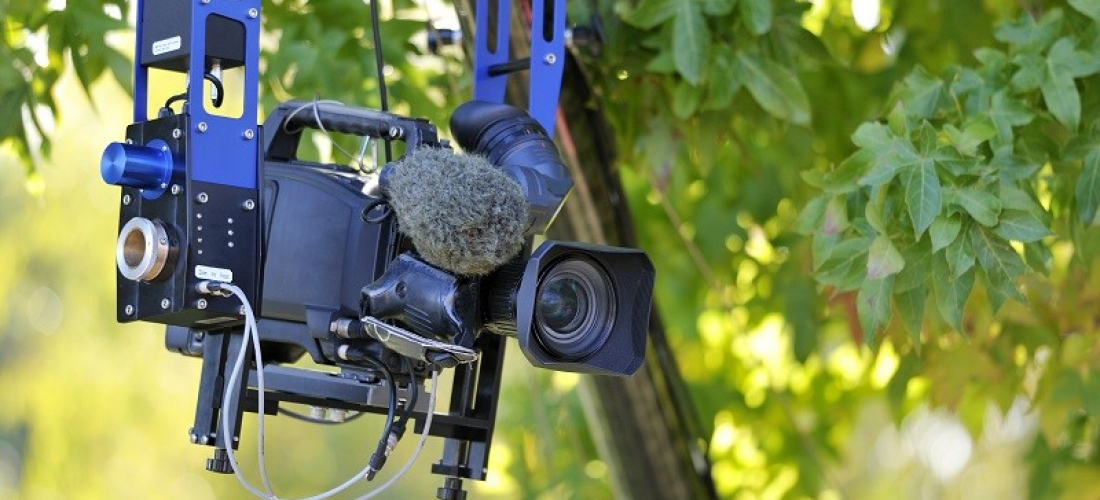This case study exemplifies the application of key legislative requirements for eligible R&D activities as they apply to relevant activities in the film and media industry.
Business Scenario
ViewLine Productions (ViewLine) is an American, full-service media company specializing in film production and interactive media integration. As part of the film and media industry, ViewLine Productions is constantly focusing on new product development to remain competitive in the field. It is regularly conducting R&D activities to come up with new technologies to produce the highest quality media products.
To keep up with client demand and the competitive nature of the industry, ViewLine Productions began to reinvent their equipment to produce highly innovative products, special effects and alternative delivery channels.
ViewLine Productions had never claimed the R&D tax credit before, and was unaware that it was performing qualified research and development. To be eligible for the credit, ViewLine had to satisfy four main criteria, known as the 4-Part Test. After consulting a specialist, ViewLine realized it was eligible for the R&D Tax Credit.
ViewLine’s Eligible R&D Activities
The R&D tax credit specialist helped ViewLine determine its qualifying R&D activities, many of which were part of the company’s daily operations. ViewLine’s qualified research expenses (QRE) included:
- Development of new or improved products to meet changing consumer preferences;
- Development of visual effects and animation;
- Development of new media asset management systems;
- New software technologies for computer gaming;
- Improving web-based systems and interactive media.
ViewLine claimed the federal R&D tax credit and was granted more than $150,000 in credits. A sustainable methodology was also established to help the company identify, document and substantiate eligible R&D projects and costs on an ongoing basis.
Commentary
Qualified Research Defined
Qualified research consists of research for the intent of developing new or improved business components. A business component is defined as any product, process, technique, invention, formula, or computer software that the taxpayer intends to hold for sale, lease, license, or actual use in the taxpayer’s trade or business.
The Four-Part Test
Activities that are eligible for the R&D Credit are described in the “Four-Part Test” which must be met for the activity to qualify as R&D.
- Permitted Purpose: The purpose of the activity or project must be to create new (or improve existing) functionality, performance, reliability, or quality of a business component.
- Elimination of Uncertainty: The taxpayer must intend to discover information that would eliminate uncertainty concerning the development or improvement of the business component. Uncertainty exists if the information available to the taxpayer does not establish the capability of development or improvement, method of development or improvement, or the appropriateness of the business component’s design.
- Process of Experimentation: The taxpayer must undergo a systematic process designed to evaluate one or more alternatives to achieve a result where the capability or the method of achieving that result, or the appropriate design of that result, is uncertain at the beginning of the taxpayer’s research activities.
- Technological in Nature: The process of experimentation used to discover information must fundamentally rely on principles of hard science such as physical or biological sciences, chemistry, engineering or computer science.
What records and specific documentation did ViewLine Productions keep?
Similar to any tax credit or deduction, ViewLine Productions had to save business records that outlined what it did in its R&D activities, including experimental activities and documents to prove that the work took place in a systematic manner. ViewLine Productions saved the following documentation as evidence:
- Project records/ lab notes
- Conceptual sketches
- Design drawings
- Photographs/ videos of various stages of build/ assembly/ testing
- Prototypes
- Testing protocols
- Results or records of analysis from testing/ trial runs
- Tax invoices
- Patent number
By having these records on file, ViewLine confirmed that it was ‘compliance ready’ — meaning if it was audited by the IRS, it could present documentation that illustrated the progression of its R&D activity, therefore proving its R&D eligibility.
Click here to view the PDF version of this case study.






